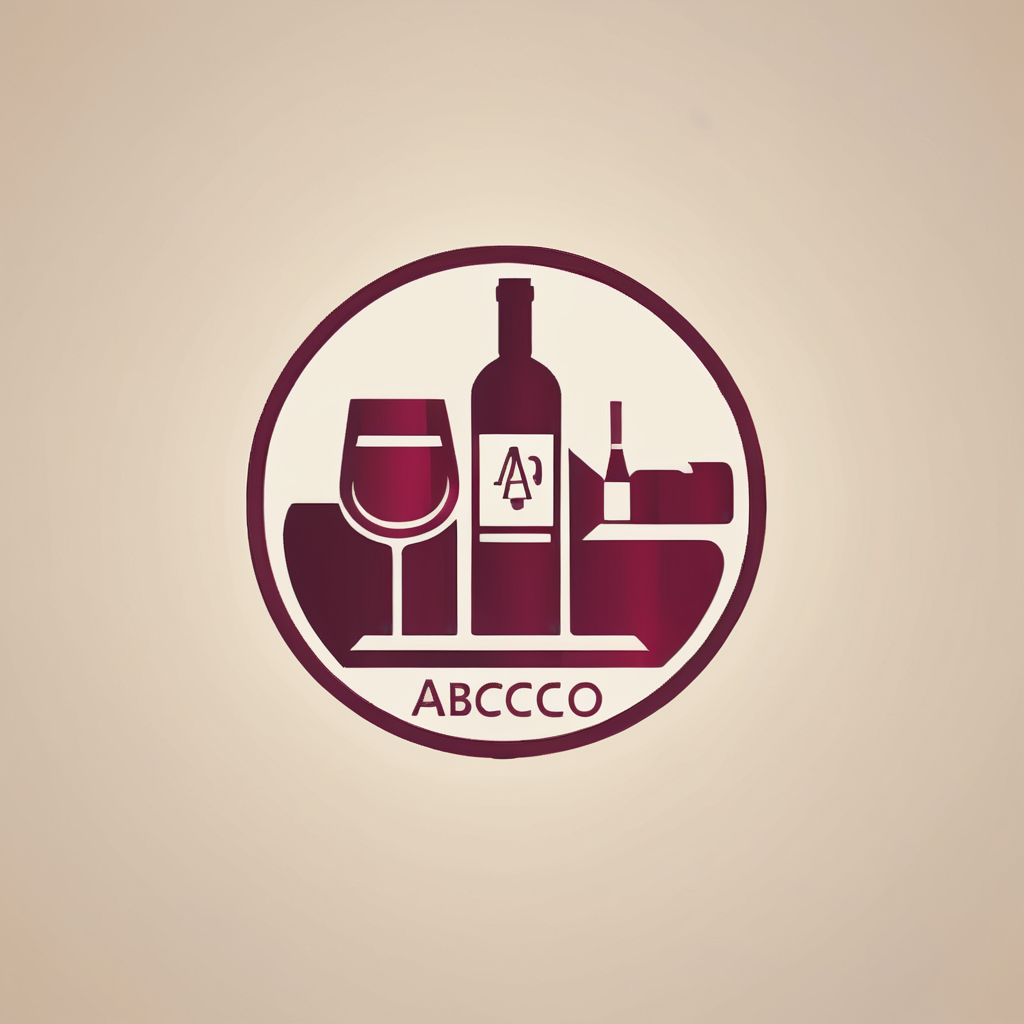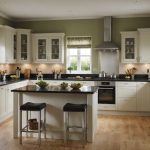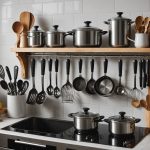Essential Storage Solutions for Narrow Kitchens
Maximising space in narrow kitchens demands space-saving kitchen storage strategies that utilise vertical and pull-out storage options. Vertical storage, such as tall cabinets or wall-mounted racks, makes use of the often-overlooked height of the kitchen, freeing up precious floor space. Pull-out storage units provide easy access to items hidden deep in cabinets, optimising usability and reducing clutter.
Incorporating clever kitchen organisation through integrated and concealed storage further streamlines the kitchen’s appearance. Appliances and utensils can be hidden behind sleek cabinet doors or within custom-designed compartments, allowing the space to feel less crowded while maintaining easy access to essentials.
Have you seen this : Crafting a seamless kitchen flow: mastering space in compact uk designs
Compact kitchen solutions often include bespoke shelving and cabinetry tailored to fit the unique dimensions of a narrow kitchen. These custom units maximise every inch, from corners to underutilised nooks, providing practical storage without overwhelming the room’s layout. Thoughtfully designed bespoke cabinetry blends aesthetics with functionality, ensuring the kitchen remains both visually pleasing and highly efficient.
Adopting these combined strategies offers a practical path to enhancing storage without sacrificing style or space in narrow kitchen designs.
Topic to read : Transform your uk kitchen into a healthy eating haven: tips for space optimization
Layout and Zoning Strategies for a Roomier Feel
Smart design transforms tight spaces.
In small kitchen layout planning, zoning in narrow kitchens plays a pivotal role in creating an efficient and comfortable workspace. With a focused approach, even limited areas can feel open and functional. For example, a galley kitchen design—which arranges appliances and counters parallel to each other—maximises the flow by reducing unnecessary movement. It enables easy access between prep, cooking, and cleaning zones.
Strategic placement of key appliances such as the sink, stove, and refrigerator ensures work triangles remain compact and effective. This is crucial in narrow kitchens where wasted steps can quickly feel cumbersome. Positioning the stove between prep areas or placing the fridge near the entrance can dramatically improve workflow.
Additionally, employing open shelving or glass-fronted units can visually expand the kitchen. These elements increase the sense of depth and allow light to permeate, softening the room’s feel. Open shelving encourages keeping essentials within reach while avoiding the bulky feel of closed cabinets, essential when dealing with spatial constraints.
Through these layout and zoning strategies, even the smallest kitchens can function like roomy, well-balanced culinary spaces.
Lighting and Colour Tricks to Visually Expand the Space
Small kitchens benefit greatly from kitchen lighting for small spaces that combines layered lighting techniques. Start with bright ambient lighting to illuminate the entire room evenly. Then add task lighting such as under-cabinet LEDs to brighten work surfaces without casting shadows. Finally, accent lighting can highlight certain areas or décor, adding depth and interest.
Using bright kitchen colours is another key visual expansion technique. Opting for whites, pale blues, or soft greys on walls and cabinets reflects more light, making the room feel larger and airier. Glossy finishes and reflective surfaces like glass splashbacks and polished countertops bounce light around the kitchen, amplifying brightness. This synergy between light and colour palette is vital in narrow UK kitchens, where space feels limited.
Visual expansion techniques also include careful use of colour contrasts. Keep larger surfaces light and choose darker hues only on small, well-defined areas to avoid closing in the space. Combining these lighting and colour strategies creates a harmonious kitchen environment that appears more spacious without physical alteration, perfect for compact kitchen living.
Multi-Functional and Space-Saving Furniture
Small kitchens benefit tremendously from foldable kitchen furniture, which optimises every inch without overwhelming the space. A compact, foldaway table or breakfast bar can transform an otherwise cramped area into a practical dining spot. When not in use, these pieces easily tuck away, freeing up movement and work surfaces.
Slimline dining solutions like slim-profile chairs, stools, and benches complement foldable furniture, ensuring seating doesn’t feel bulky or intrusive. Their sleek design maintains an open kitchen feel while providing comfort and style.
For added versatility, multi-purpose kitchen islands on castors offer mobility and functionality. These islands serve as extra counter space, storage, and dining area all in one. The castors allow for easy repositioning, adapting to various cooking and entertaining needs without permanent commitment.
Together, these space-saving options maximise usability and aesthetic appeal. Incorporating foldable kitchen furniture, multi-purpose kitchen islands, and slimline dining solutions helps create a kitchen that is both practical and inviting, even in limited spaces.
Expert Tips and Real UK Kitchen Transformations
Unlocking small kitchen potential with design wisdom
UK kitchen designers consistently highlight the importance of maximising narrow spaces through clever layouts. One proven tip is to prioritize vertical storage solutions; tall cabinets and open shelving keep essentials accessible without crowding the floor area. Lighting also plays a crucial role—using under-cabinet lights brightens work surfaces and creates a sense of openness in compact kitchens.
Real UK kitchen before and after examples demonstrate how subtle changes yield remarkable results. For example, switching from bulky freestanding units to streamlined fitted cabinetry often frees up valuable space. Incorporating multifunctional furniture, like pull-out tables or integrated appliances, further optimises usability without overwhelming limited floor plans.
Small kitchen case studies from various UK homes reveal that blending light, neutral colours with reflective surfaces such as glass or gloss finishes can visually expand the room. Designers also recommend decluttering countertops and investing in smart organisation systems to maintain a tidy, efficient cooking environment.
Homeowners seeking to replicate these successes will find that selecting ergonomic hardware and versatile lighting fixtures forms the foundation for transformative kitchen designs. Exploring expert kitchen design tips allows anyone to reimagine even the most constrained areas with style and function.


